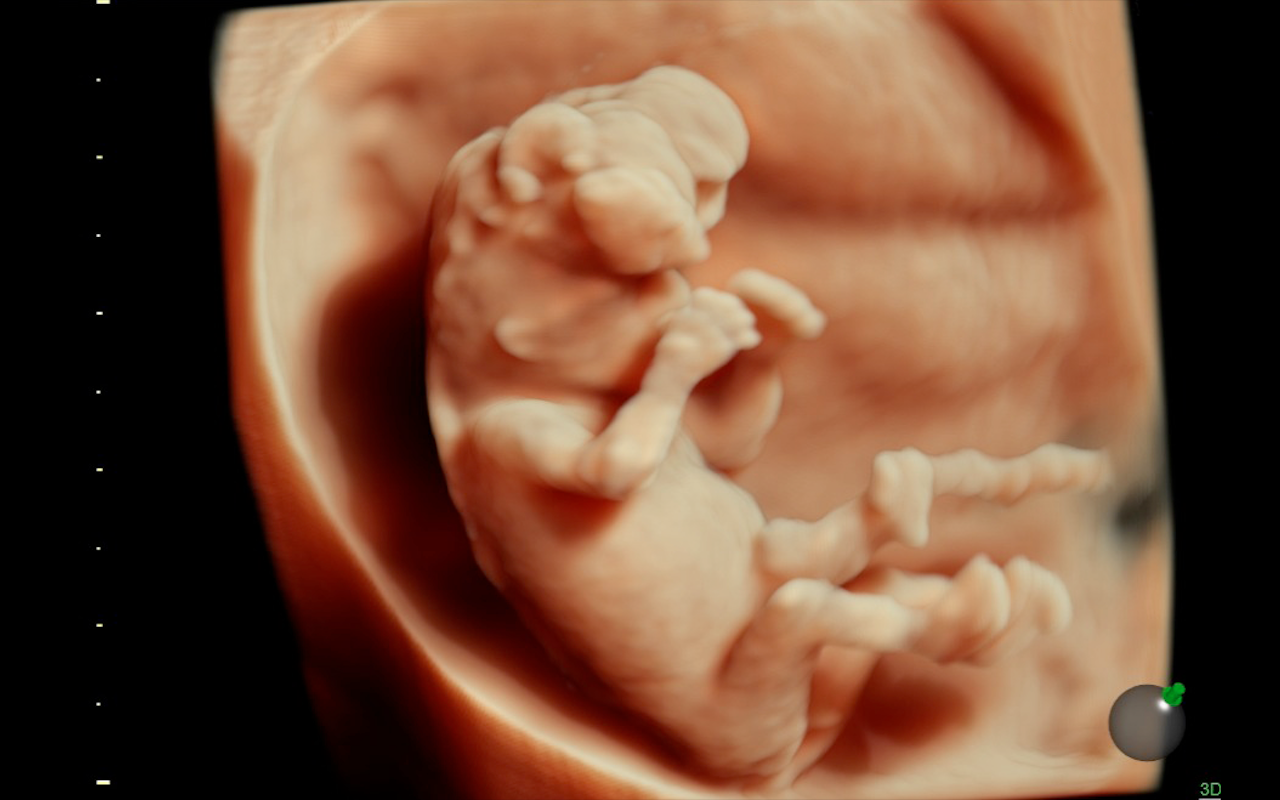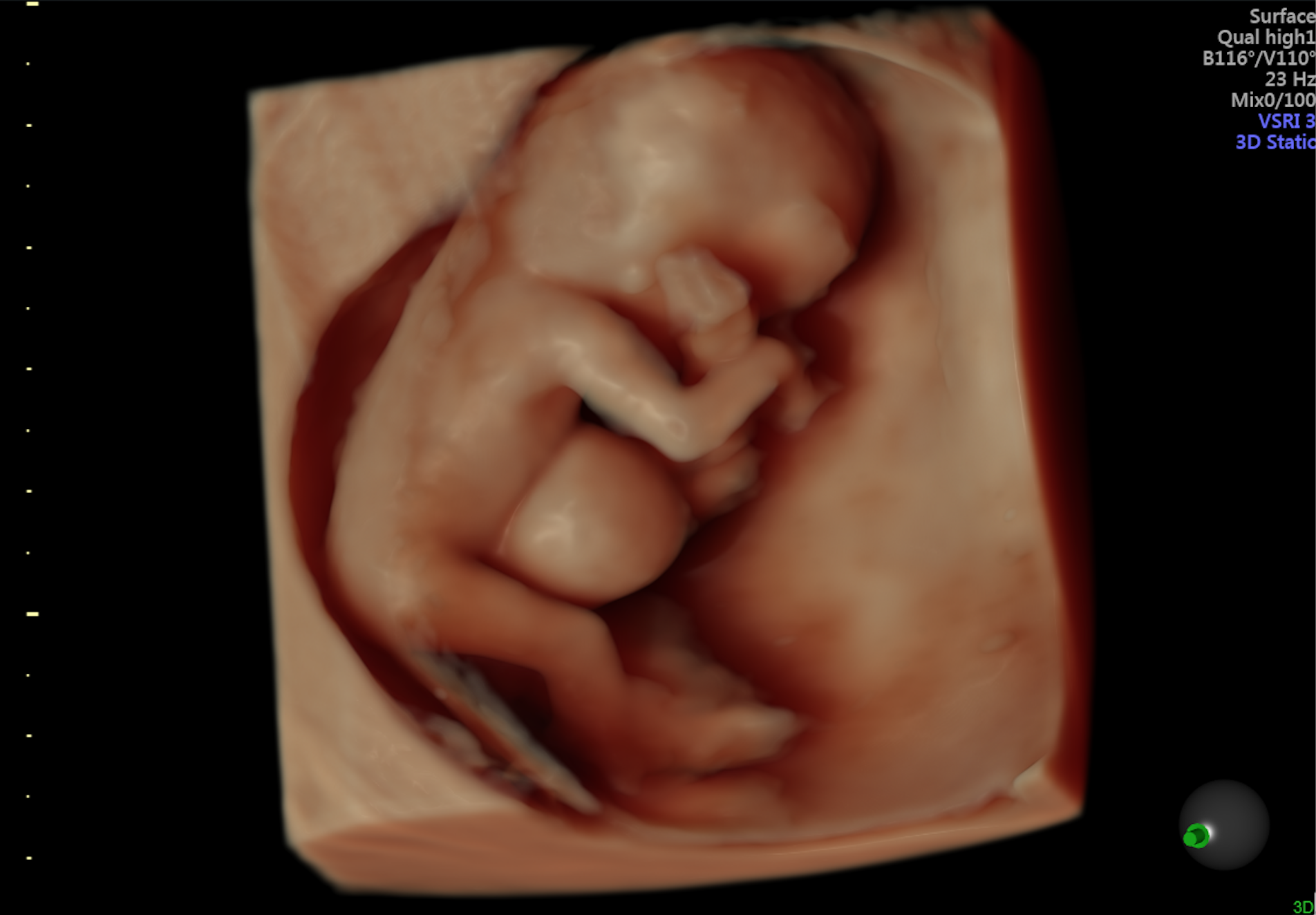Patients who become pregnant are often extremely nervous during the first trimester after IVF. They have waited so long for this moment, but know the journey to parenthood is far from over.
Physicians should be prepared to answer common patient questions transparently while staying supportive.
What Is the Likelihood of a Successful Pregnancy?
Approximately 80 percent of all pregnancy losses occur during the first trimester, according to the American College of Obstetricians and Gynecologists (ACOG). However, the chance of miscarrying drops as the pregnancy progresses — down to about 5 percent by 6 weeks gestation, according to research published in the American Journal of Epidemiology. By 12 weeks, the risk is closer to 3 percent.
Most patients in their first trimester after IVF want to know these statistics. Doctors should be upfront but optimistic as long as the pregnancy progresses as expected. If that is not the case, deliver the news honestly but with empathy. It is important for patients to know their physician cares about the outcome of a pregnancy.
Physicians should also be honest about the risks of advanced maternal age and IVF. ACOG reports that the likelihood of miscarriage increases drastically with the patient's age: a 9 percent to 17 percent chance for women 20 to 30 years old, a 20 percent chance for 35- to 40-year-olds and an 80 percent chance for 45-year-olds.
Most patients transitioning to an OB/GYN from a reproductive endocrinologist during their first trimester after IVF are accustomed to frequent ultrasounds. They may even request additional exams to reduce their anxiety throughout the pregnancy. OB/GYNs should be understanding and proactive in negotiating an appropriate number of ultrasounds.
Are There Noninvasive Tests for Singleton Pregnancies?
According to ACOG, approximately 50 percent of miscarriages are due to chromosomal abnormalities. Assuming the patient did not choose to undergo preimplantation genetic testing, physicians should offer several noninvasive tests, starting with an ultrasound, advises Dr. Kypros Nicolaides, head of the Fetal Medicine Centre.
It is critically important to conduct an ultrasound scan at 11 to 13 weeks to measure nuchal translucency and detect any major fetal abnormalities, such as:
- Acrania
- Holoprosencephaly
- Major facial clefts
- Major diaphragmatic hernias
- Major heart abnormalities
- Omphalocele
- Gastroschisis
- Major renal defects
- Major skeletal dysplasias
This scan, along with maternal serum biochemistry, can help determine if the patient would benefit from cell-free DNA testing. This noninvasive pregnancy testing (NIPT) should follow an ultrasound, not replace it. NIPT has an accuracy rate of 99 percent in detecting trisomy 21, 97 percent in trisomy 18 and 92 percent in trisomy 13. However, it cannot detect rare chromosomal abnormalities or the fetal abnormalities that are visible on ultrasound.
If the ultrasound is abnormal, doctors should be honest and thorough when explaining the pregnancy's prognosis. It is important to be sensitive to the patient's emotional state, as many patients in their first trimester after IVF are apprehensive after experiencing the ups and downs of infertility.

3D image of acrania at 12 weeks

3D image of Omphalocele at 12 weeks
Are There Noninvasive Tests for Multiple Pregnancies?
If the patient is pregnant with twins, NIPT is more complex, notes Dr. Nicolaides. All monochorionic twin pregnancies are identical twins. This means that if one fetus has trisomy 21, so does the other. NIPT is equally accurate in singleton and monochorionic twin pregnancies.
However, most dichorionic twins are nonidentical. If one fetus has trisomy 21, it is likely the other does not. Because cell-free DNA in the mother's blood comes from the placenta, only the dominant placenta will be detected. NIPT in dichorionic twins may give false results. Physicians should be encouraging but hold some reservations while the medical community gathers more data.
Overall, doctors should be open to reading and listening to the views of patients experiencing infertility and entering the first trimester after IVF. Reproductive endocrinologists can be another rich resource. Understanding these emotionally fraught and difficult experiences will help physicians deliver realistic information with empathy.


